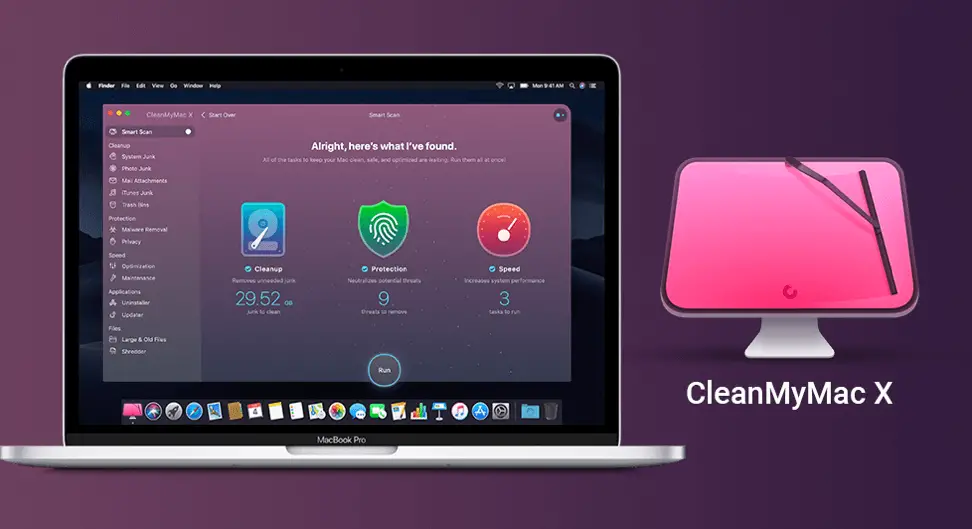
:max_bytes(150000):strip_icc()/005_use-disk-utility-to-clone-macs-drive-4042367-5bc4e77946e0fb002698ce0b.jpg)
Note: If you’re checking your startup disk or startup volume, restart your computer in macOS Recovery, select Disk Utility in the macOS Utilities window, then click Continue. In the Disk Utility app on your Mac, choose View > Show All Devices. If you run First Aid on a volume, Disk Utility verifies all the contents of that volume only. If you run First Aid on a disk, Disk Utility checks the partition maps on the disk and performs some additional checks, and then checks each volume. Disk Utility can’t detect or repair all problems that a disk may have. And while the various cloning apps have a lot more features, if you don’t have access to third-party apps, using Disk Utility will create a perfectly usable clone, although it may require a few more steps and lacks some nice features, such as automation and scheduling.ĭisk Utility can fix certain disk problems-for example, multiple apps quit unexpectedly, a file is corrupted, an external device doesn’t work properly, or your computer won’t start up. Disk Utility is free and included with every copy of the Mac OS.

If you've ever wondered where all your disk space has gone, Disk Inventory X will help you to answer this question. It shows the sizes of files and folders in a special graphical way called ' treemaps '. Disk Inventory X is a disk usage utility for Mac OS X. It’s a bit like the Disk Management tool built into Windows, but more capable and, thanks to Recovery Mode, easier to access from outside the operating system. The Disk Utility included with Mac OS X is powerful, and it should handle all the functions you need it to perform.


 0 kommentar(er)
0 kommentar(er)
